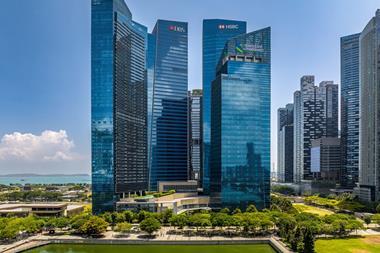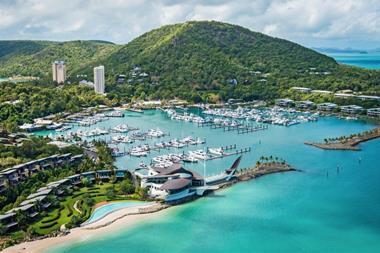ASIA - Multi-country non-listed real estate funds outperformed their single-country counterparts by more than 5 percentage points, according to new research by ANREV.
According to the Asian non-listed real estate association's 2011 Annual index, non-listed property funds in the region saw returns slip by one-fifth year on year from more than 10% to 8.3% when measured in local currency.
Over the same period, returns for funds pursuing multi-country strategies only slipped 0.1% percentage points to 13.8%.
However, the association noted once again how the weakness of the Japanese market was leading to a "drag" on overall returns, with the country returning -13.9% last year, mostly as a result of high gearing hovering around 75%.
The country had previously fallen out of favour in a survey of investors and fund managers conducted by ANREV, although fund-of-fund managers still viewed Japan in a positive light.
In contrast, returns from Australian investments performed slightly above the average posted by single-country funds with 8.9%, while the Chinese market returned close to 16%.
The growth in Asia contrasted sharply with returns for non-listed property investments in Europe, with sister organisation INREV seeing returns of 3.7% over its comparative index.
Casper Hesp, director of research at the European association, said: "The euro crisis clearly had a negative effect on the performance of European funds in 2011. For many investors, this has made Asia a more attractive play compared with Europe."
The composition of the funds included in the ANREV index is almost evenly split among core, value-added and opportunistic investment approaches, with 48% of all properties located in Australia.
More than 20% of assets were located in Japan, with the third-largest market being Singapore.
Chinese non-listed real estate only comprised 6% of the $62.5bn (€48.2bn) in assets surveyed, with 3% in Hong Kong and 2% in South Korea and Malaysia, respectively.












